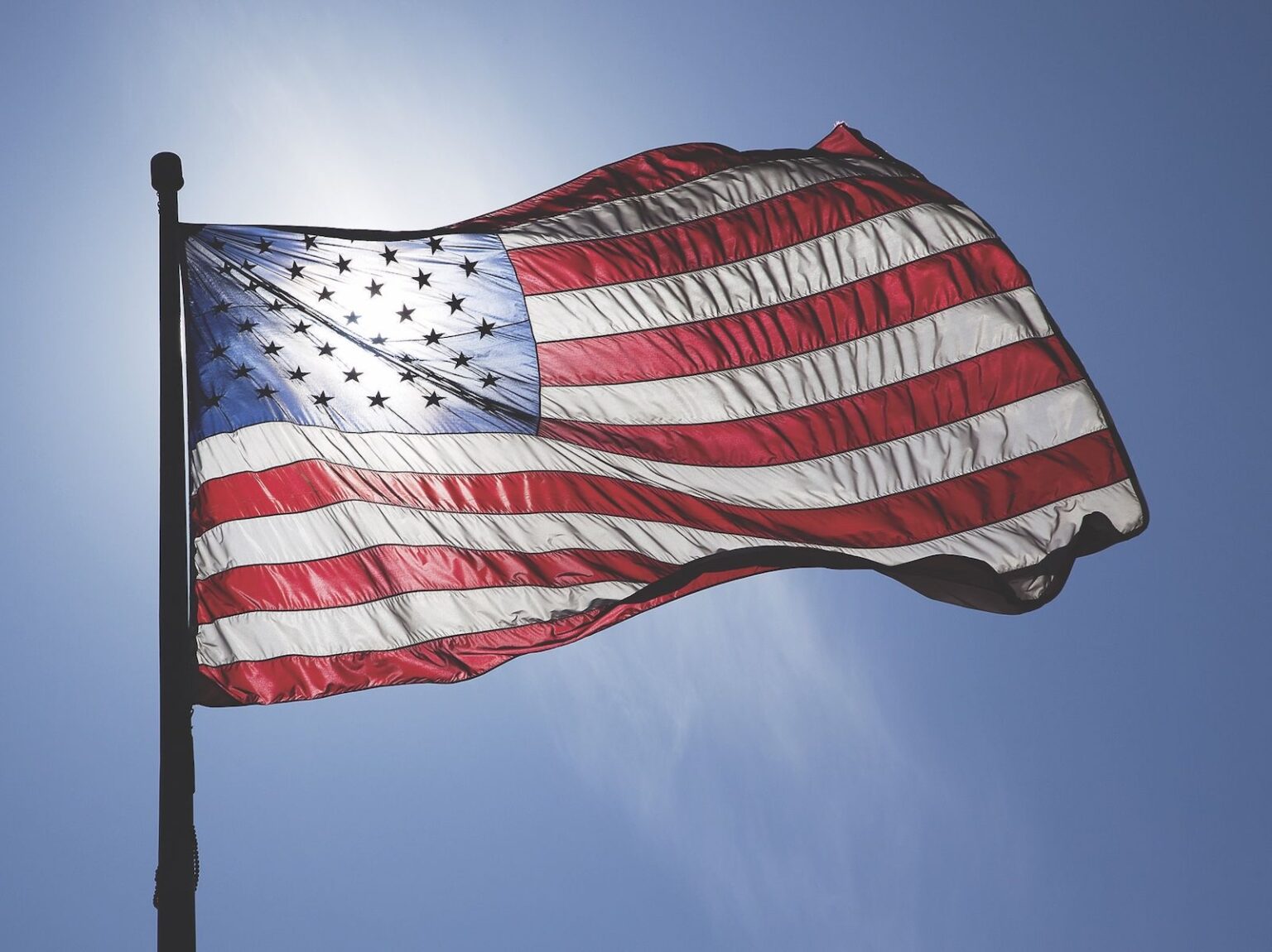
Flag Day 2021: What is the history behind the U.S. holiday?
Stars & Stripes. The distinctive flag that became the symbol of the U.S. has its own day to celebrate. On June 14th, the land of the free and the home of the brave marks the day when the representation of American pride is celebrated, symbolizing hope, freedom, and opportunity for over two centuries ― 240 years, to be more exact.
Through the years, the U.S. flag has gone through several modifications, always in tune with the number of states. One thing never changed though: its thirteen stripes have always represented the initial number of colonies that declared independence from the British crown in 1776.
Since the day the flag was adopted, there were multiple attempts to establish a fixed day where we celebrate the stars & stripes. However, Flag Day wasn’t made into an official holiday until the twentieth century. Since Flag Day 2021 is here, here’s the history behind the date & the celebration.

Continental Congress adopts flag
The Stars & Stripes flag was officially adopted as a symbol of the United States on June 14th, 1777. On that day, the Second Continental Congress passed a resolution that “the flag of the thirteen United States be thirteen stripes, alternate red and white; that the union be thirteen stars, white in a blue field, representing a new constellation”.
The document making the flag official was adopted exactly two years after the U.S. Army was founded. On that day, centuries before our time in 2021, the Continental Congress adopted the “American continental army” through a consensus vote in the Committee of the Whole.
Despite the official date, no celebrations were considered until almost a century later, when the first records of that were made available.

Morris & Cigrand: Pioneers in celebrating
The first recorded celebrations of the U.S. Flag Day came in from a Connecticut man named George Morris. He helped the City of Hartford organize a Flag Day in 1861 – 140 years before Flag day 2021 – whose celebrations included “patriotic order, praying for the success of the Federal arms and the preservation of the Union”, as stated in Kansas: a Cyclopedia of State History.
Despite the attempt, the celebration never became a tradition. However, a major attempt to make the day a true tradition started in Waubeka, Wisconsin. In that town, a school teacher named Bernard Cigrand held the first recognized formal Flag Day event at Stony Hill School in 1885.
Cigrand moved to Chicago to attend dental school, and his advocacy for Flag Day only grew. And his fight had some good results: Chicago’s public schools held a celebration on the third Saturday of June 1894, and he also founded the American Flag Day Association, with the mission to promote the date across the nation.

Other initiatives
After the Wisconsin initiative, other Flag Day actions followed suit all over the U.S. in the following years. School teacher Sarah Hinson, of Buffalo, New York, started doing Flag Day exercises on June 14th, 1891, where students pledged allegiance to the flag and saluted it.
In Pennsylvania, Elizabeth Duane Gillespie, a descendant of Benjamin Franklin and the president of the Colonial Dames of Pennsylvania, tried to pass a resolution that would make Flag Day remembered by requiring public buildings in Philadelphia to display the flag. More initiatives were taken and organizations were open in the years to come. But one in particular developed a very important role in making the Flag Day official.

Benevolent and Protective Order of Elks catches presidential attention
This Ohio organization is also one of the pioneer entities that has celebrated Flag Day since its early foundation years. As a condition of membership, each one of the participants of the association had to plead allegiance to the flag.
In 1907, the Grand Lodge of the Order resolved to designate June 14th as Flag Day. as well as it adopted mandatory observance of the occasion by every Lodge in 1911, with that requirement still in place in 2021. Such patriotic actions caught the attention of President Woodrow Wilson, who recognized the Order’s patriotic expression and officially declared June 14 as the Flag Day through a proclamation in 1916.
But, the date only became of national observance on August 3rd, 1949, when Congress officially made Flag Day a national holiday. Despite that fact, the date is not a federal holiday, and only the president can determine its full observance.
―
Flag Day is here. If you appreciate what the U.S. has been for humanity, fly the flag no matter where you are. It’s the symbol of freedom, and opportunity for all nations.
What do you think of Flag Day? Will you be celebrating it in 2021? Let us know in the comments.



